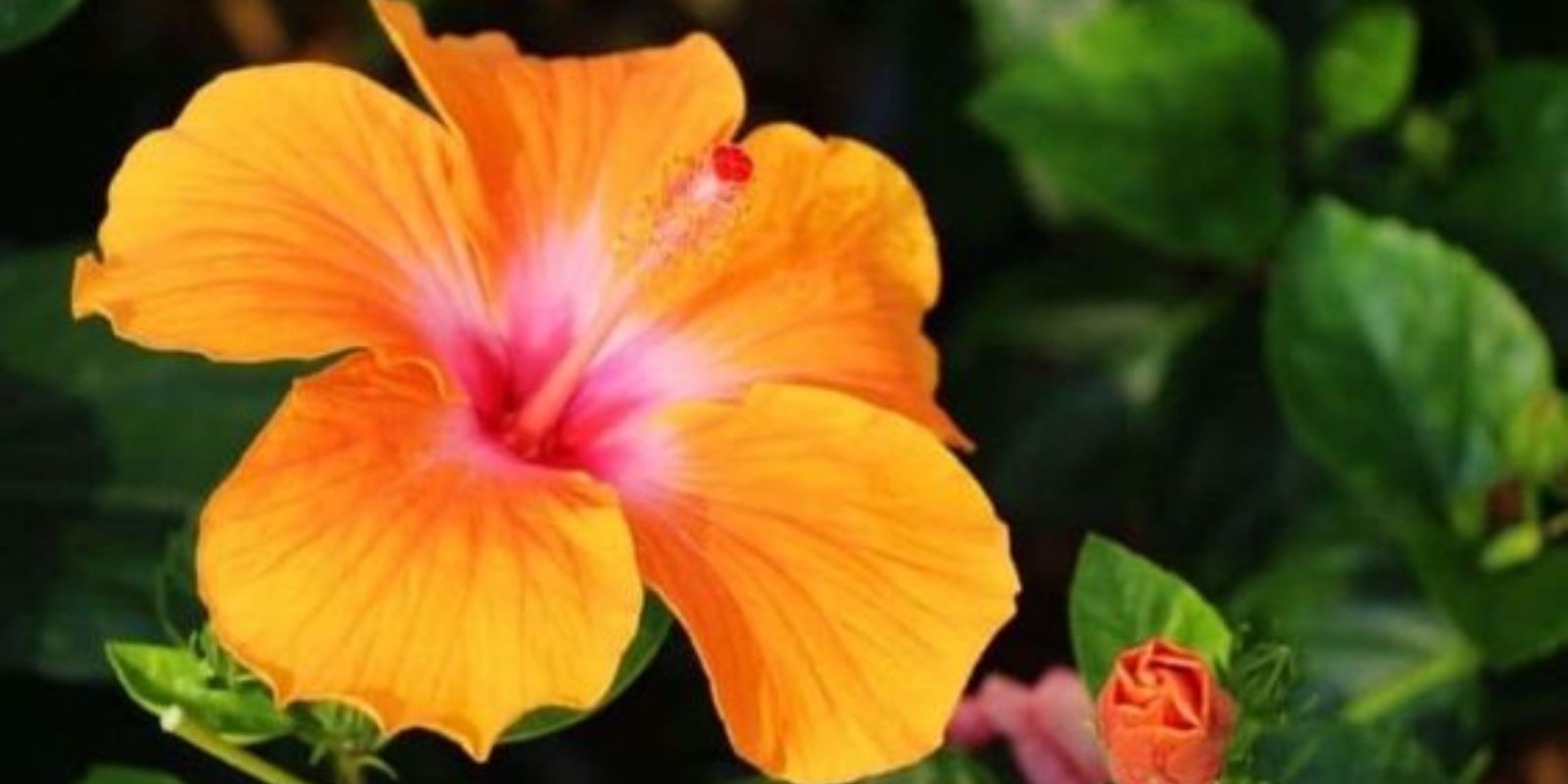Growing hibiscus plants from cuttings is an excellent way to propagate these beautiful flowering shrubs. Hibiscus plants are renowned for their vibrant and large blooms, making them a popular choice for gardens and landscapes. However, buying new plants can be expensive, and growing them from seeds can be time-consuming and less predictable. Propagating hibiscus from cuttings is a straightforward and efficient method, especially when using natural rooting hormones like onion juice. This method not only promotes healthy root development but is also eco-friendly and cost-effective.
Introduction to Hibiscus and Propagation
Hibiscus plants belong to the Malvaceae family and are native to warm temperate, subtropical, and tropical regions around the world. They come in a variety of colors, including red, pink, yellow, and white, and are known for their large, trumpet-shaped flowers. These plants can grow as shrubs or small trees and are popular in ornamental gardening for their aesthetic appeal.
Propagation by cuttings is a popular method because it ensures that the new plants will retain the same characteristics as the parent plant, such as flower color and growth habits. This is particularly useful for maintaining the consistency of ornamental gardens. The use of onion as a natural rooting hormone is an innovative technique that leverages the natural enzymes and compounds found in onions to stimulate root growth.
Steps to Propagate Hibiscus Using Onion
1. Select Healthy Cuttings:
The first step in propagating hibiscus is to select healthy cuttings from a mature plant. Choose a branch that is healthy, free of diseases, and has a thickness similar to a pencil. The cutting should be around 6-8 inches long and have at least two nodes (the point where leaves attach to the stem). It’s best to take cuttings in the morning when the plant is fully hydrated.
2. Prepare the Onion:
Onion juice is rich in sulfur compounds, vitamins, and enzymes that can help stimulate root growth. To use an onion as a rooting hormone, cut a small hole in the top of a medium-sized onion. The hole should be just large enough to insert the end of the hibiscus cutting. This method is natural and avoids the need for synthetic rooting hormones, making it a great choice for organic gardening.
3. Insert the Cutting:
After preparing the onion, insert the cut end of the hibiscus cutting into the hole. Ensure that the cutting is securely placed and that it makes good contact with the onion’s flesh. The onion will provide essential nutrients and help to promote root formation.
4. Plant the Cutting:
Prepare a pot with well-draining soil, as hibiscus plants do not like to be waterlogged. Cactus mix or a mixture of potting soil and sand is ideal. Make a small hole in the soil and plant the onion with the cutting inside, covering it lightly with soil. Ensure that the soil is firm around the base of the cutting to provide support.
5. Water and Cover:
Water the soil lightly to ensure it is moist but not soggy. Overwatering can lead to rot, especially when the plant is still developing roots. To create a humid environment that encourages rooting, cover the pot with a plastic bag or a clear container. This acts as a mini-greenhouse, retaining moisture and warmth, which are crucial for root development.
6. Provide Proper Light:
Place the pot in a location where it will receive bright, indirect sunlight. Direct sunlight can be too harsh for the new cuttings and may dry them out. A bright, warm area such as a windowsill with filtered light is ideal.
7. Monitor and Care:
Check the soil regularly to ensure it remains moist. After a few weeks, gently tug on the cutting to see if it has developed roots. If you feel resistance, roots have likely formed. At this stage, you may also notice new leaf growth, which is a good indicator that the cutting is establishing itself.
8. Transplanting:
Once the cutting has developed a strong root system and new growth, it can be transplanted into a larger pot or directly into the garden. When transplanting, handle the young plant carefully to avoid damaging the delicate roots. Choose a sunny spot with well-draining soil for planting.
Benefits of Using Onion as a Natural Rooting Hormone
Using onion as a rooting hormone has several benefits. Onions contain natural sulfur compounds that have antifungal and antibacterial properties, which can help prevent infections in the cuttings. Additionally, the nutrients in onions can promote healthier and faster root growth compared to cuttings grown without a rooting hormone.
This method is also environmentally friendly and cost-effective. It avoids the use of synthetic chemicals, making it a safer option for home gardeners and the environment. Moreover, using everyday kitchen ingredients like onions makes this method accessible and easy for anyone to try.
Conclusion
Propagating hibiscus plants from cuttings using onion as a natural rooting hormone is an effective and sustainable gardening practice. This method not only enhances root growth but also helps maintain the characteristics of the parent plant, ensuring a beautiful and consistent garden display. By following these simple steps, gardeners can successfully grow new hibiscus plants and enjoy their vibrant blooms.
Interaction Encouragement: Ready to try this natural propagation method? Share your experiences and any questions you have about growing hibiscus plants from cuttings using onion! Let’s cultivate beautiful gardens together!

